BERRETTINI DA CORTONA PIETRO. Tabulae Anatomicae a celeberrimo pictore Petro Berrettino Cortonensi delineatae, & amp; egregiè aeri incisae nunc primum produent, et a Cajetano Petrioli Romano...
Rome, Typographia Antonii de Rubeis., 1741.Folio, (430 x 290 mm.), [4], 84 pp. Title printed in red and black with engraved vignette, woodcut initials and large tail-pieces, 27 engraved anatomical plates by Luca Ciamberlano. after Pietro da Cortona. Contemporary Roman red morocco richly gilt, outer and inner border with gilt roll of fleurons and tendrils, gilt cornerpieces with curly leaf tools, small stars and fleurons to outer border and central panel; spine in compartments richly gilt, gilt edges. A very fine copy.
First edition of this anatomical atlas, exquisitely illustrated with 27 copperplate engravings after drawings by the renowned Baroque artist Pietro Berrettini da Cortona.
Berrettini (1596-1669) was born in Cortona, Tuscany, and studied as an artist in Rome and Florence. In Rome he achieved recognition as a leading architect and painter, after his work on the Palazzo Barberini, commissioned by Pope Urban VIII. “Cortona's works are the most spectacular achievements of mid-seventeenth century Italian painting…. This [the Gran Salone of the Palazzo Barberini] was the most important commission of the 1630s, and Cortona produced a fresco that is for Roman Baroque painting what Michelangelo's Sistine Ceiling is for Roman High Renaissance painting- the grandest and most complete statement of its aesthetic ideals.” (Held & Posner, 17th and 18th Century Art, pp. 107-109). The anatomical drawings present in this atlas were produced early in his career, around 1618. “They were apparently prepared from dissections made at the Santo Spirito Hospital. The anatomist is not known for certain, possibly Nicholas Larchée [who is said to have studied anatomy in Rome with Nicholas Poussin]. The actual drawings have, surprisingly, been preserved, for they were acquired by Sir William Hamilton, British Ambassador to the King of Naples and presented to William Hunter, obstetrician, anatomist, and collector. These anatomical studies are highly finished, and are coloured in a subdued manner. The noble gestures of the figures can be seen to have been altered and corrected, in some cases more than once. Many of the dissected men hold oval or rectangular medallions – they look like framed mirrors – within which are drawn figures detailing the anatomy of various regions.” (Roberts & Tomlinson, p. 273) The drawings are still part of the museum's collection, as Hunterian MS 653.
“In 1741, that is some one hundred and twenty years after these drawings were made by Pietro da Cortona [and 70 years after his death], the anatomical atlas was published in Rome. It was edited by Gaetano Petroli, surgeon to the King of Sardinia. Twenty of the 27 large engravings of this books - that is, nos. 1 to 19 and no. 27 - can be clearly seen to be closely, but not exactly, similar to the original drawings in the Hunterian Collection. In most of Berrettini's plates, the nerves are emphasized, and stand out white from the dark shading of the other parts.” (Roberts & Tomlinson p. 273) “According to Hunter, the chief object of these plates was to teach neurology, and all the rest was added by some person without judgment. Berrettini's plates seem indeed to prove the first part of this assumption in so far as the nerves are everywhere emphasized and their representations are made more prominent by means of crosshatching. This seems to be especially true of the first twenty plates. A previous owner of the plates, perhaps Petroli himself, crowded the first nineteen plates with a number of anatomic accessories which he took from Vesalius, Casserius and others, and which were done by a different artist and a different engraver. This first edition contains the nineteen plates with the accessory figures on the blank spaces, which are not Berrettini's work – these figures were removed in the later 1788 edition. It also contains Petrioli's commentary which has little anatomic value.
Berrettini's figures are, in the main, representations of entire bodies in action or some active attitude. The first nineteen plates deal chiefly with muscles, nerves, and blood vessels. Plate 20 represents in one figure the opened spinal column and in a great many smaller figures around it, the different vertebrae. Plate 26 shows three skeletons in Vesalius' style as far as the space on one plate permitted. Plate 27 represents a standing female figure with the abdominal cavity open. A side figure on the same plate shows the open uterus with the foetus. These figures are the only representations of a female body in the whole collection. Yet one would prefer to include this plate among the genuine Berrettinic plates rather than any of the six preceding it. All the plates were intended for physicians and not for artists.” (Choulant, pp. 235-239)
Graesse I 348; Wellcome II 146; Heirs of Hippocrates No. 470; Choulant-Frank 235-239; Not in Osler; Roberts & Tomlinson, The fabric of the body: European traditions of anatomical illustrations, 1992.
Other Books
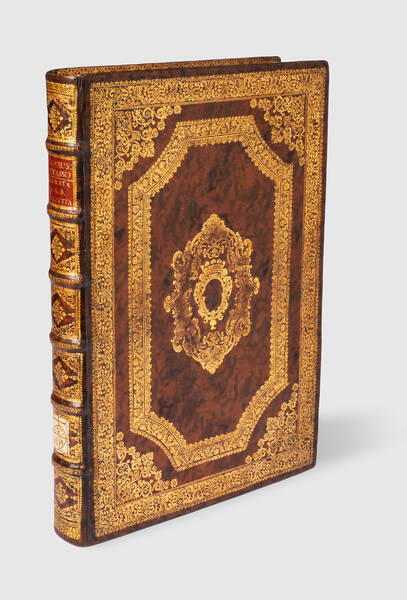
TASSO, Torquato
La Gerusalemme liberata di Torquato Tasso con le figure di Giambatista Piazzetta, alla Sacra Real Maestà di Maria Teresa d’Austria, regina...
€ 18.000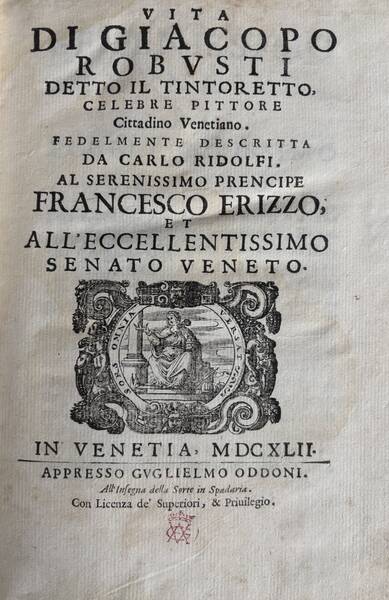
RIDOLFI, Carlo
Vita di Giacopo Robusti detto il Tintoretto, celebre pittore, cittadino venetiano.
€ 2.500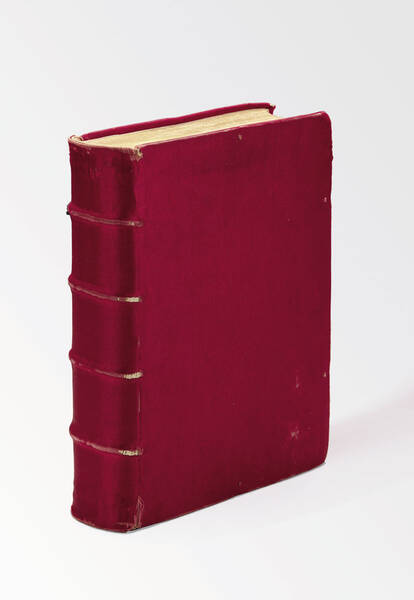
SANSOVINO, Francesco
Venetia città nobilissima et singolare, Descritta in XIIII libri da M. Francesco Sansovino
SOLD OUT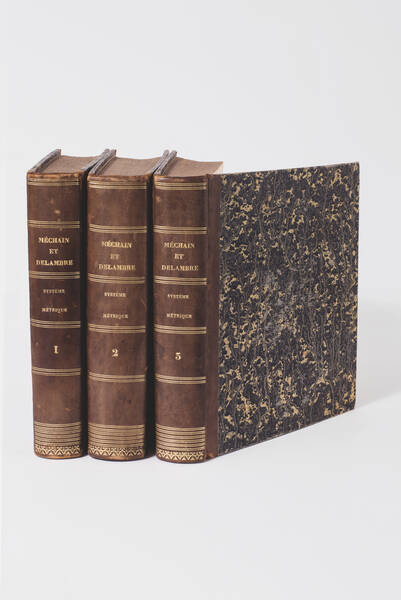
DELAMBRE, Jean-Baptiste-Joseph & MÉCHAIN, Pierre-François-André
Base du système métrique décimal, ou mesure de l'arc du méridien compris entre les parallèles de Dunkerque et Barcelone, exécutée en 1792 et années...
SOLD OUT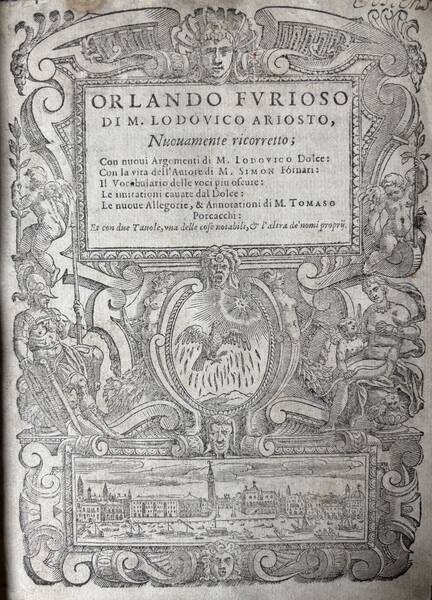
ARIOSTO, Ludovico
Orlando Furioso di M. Lodovico Ariosto, nuovamente ricorretto; con nuovi argomenti di M. Lodovico Dolce: con la vita dell'autore di M. Simon Fornari:...
€ 3.000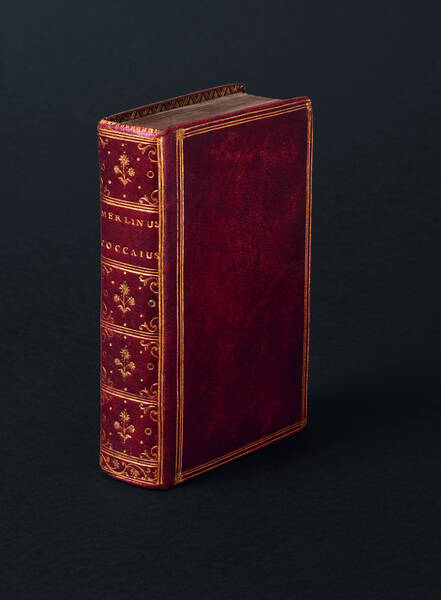
FOLENGO, Teofilo
Opus Merlini Cocaii poetae Mantuani Macaronicorum, totum in pristinam formam per me magistrum Acquarium Lodolam optime redactum in his infra notatis...
€ 11.000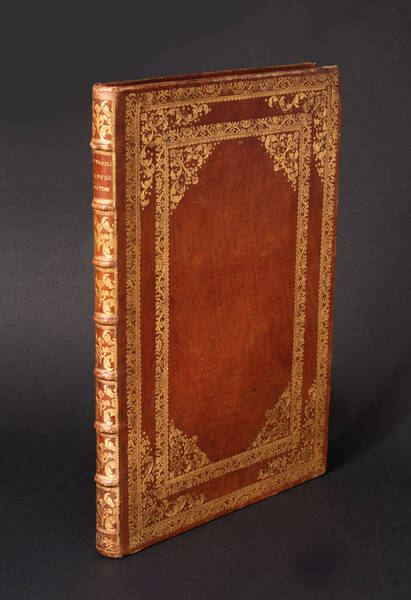
BERRETTINI DA CORTONA PIETRO
Tabulae Anatomicae a celeberrimo pictore Petro Berrettino Cortonensi delineatae, & amp; egregiè aeri incisae nunc primum produent, et a Cajetano...
SOLD OUT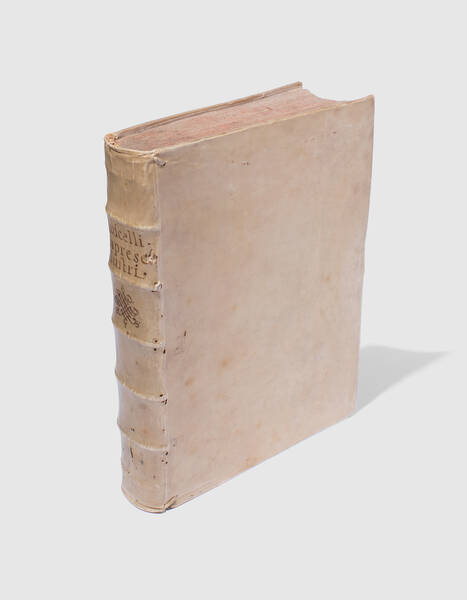
RUSCELLI, Gerolamo
Le imprese illustri con espositioni, et discorsi del s.or Ieronimo Ruscelli.
SOLD OUTMEDA RIQUIER rare books ltd.
4 Bury Street St James's
SW1Y 6AB London
Phone +44 (0) 7770457377
info@medariquier.com
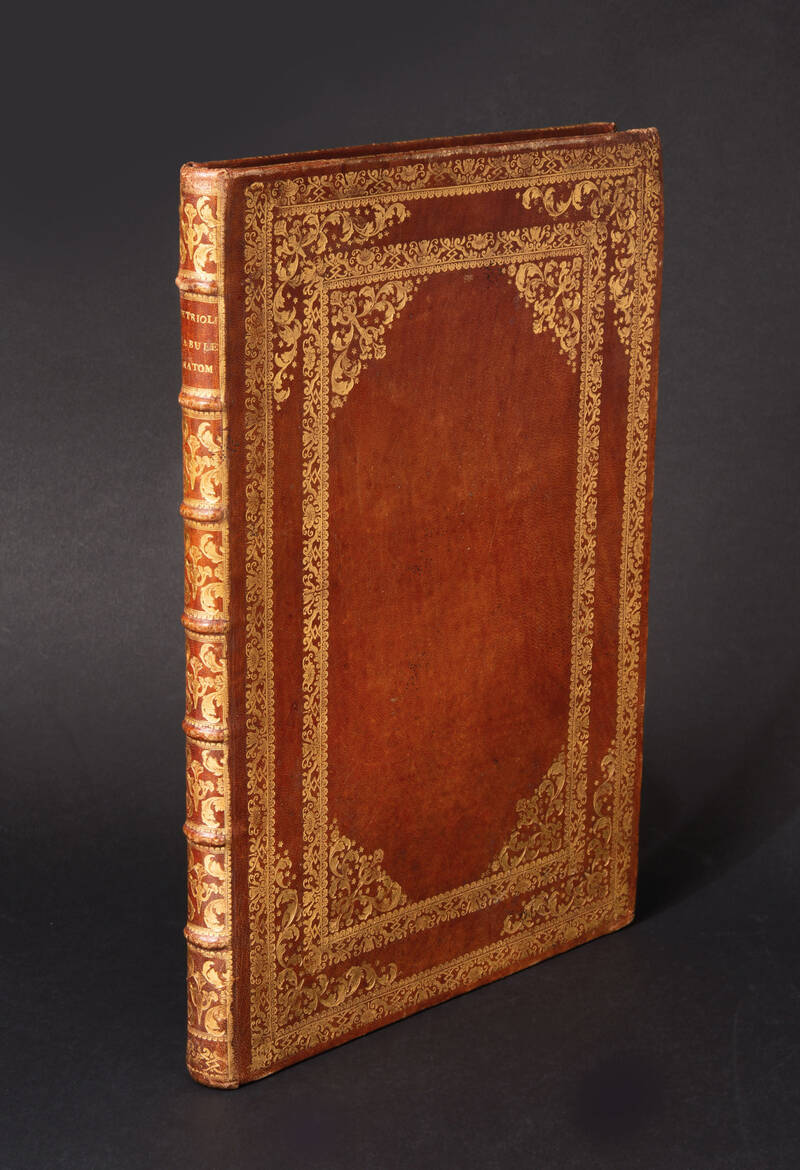
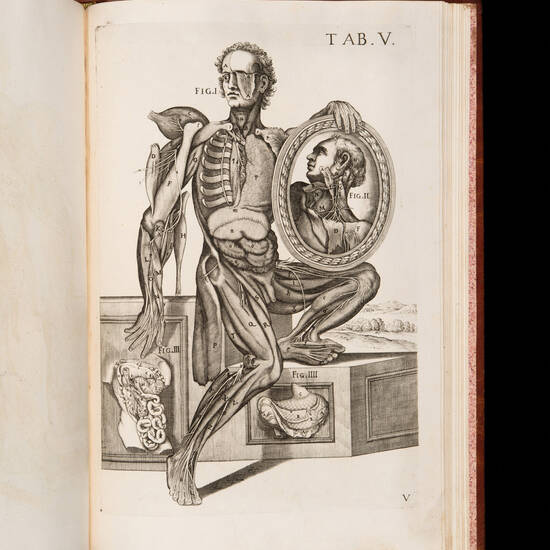
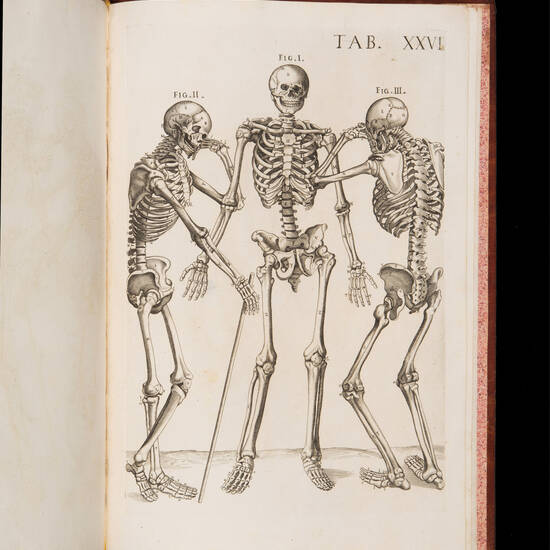
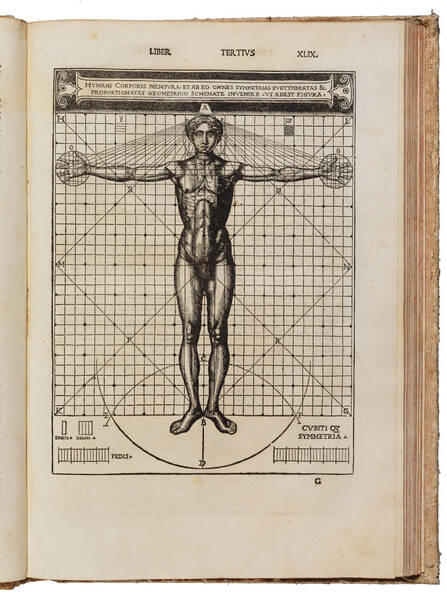
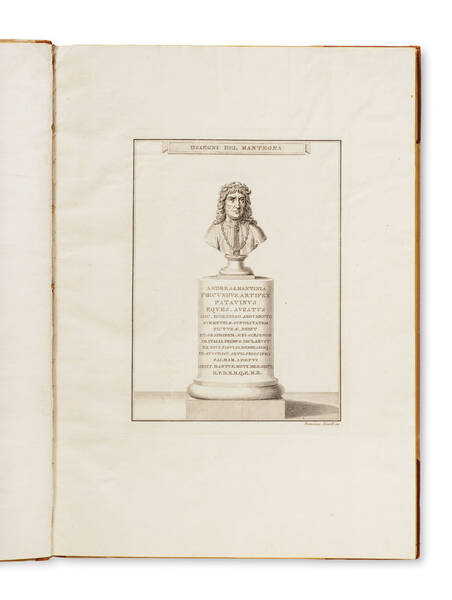
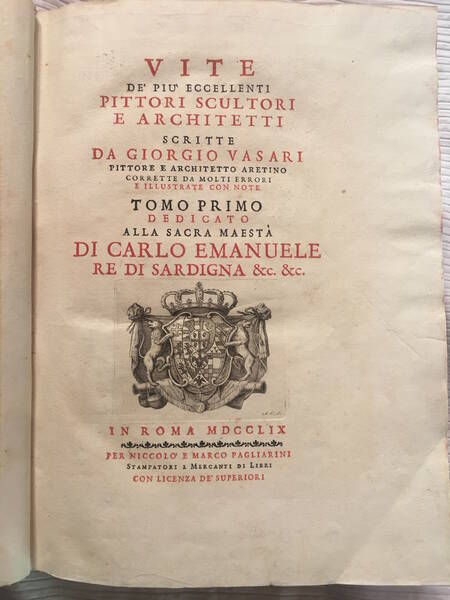
![[Life of the Virgin Mary] [Life of the Virgin Mary]](https://www.medariquier.com/typo3temp/pics/cbb0f7a08f.jpeg)
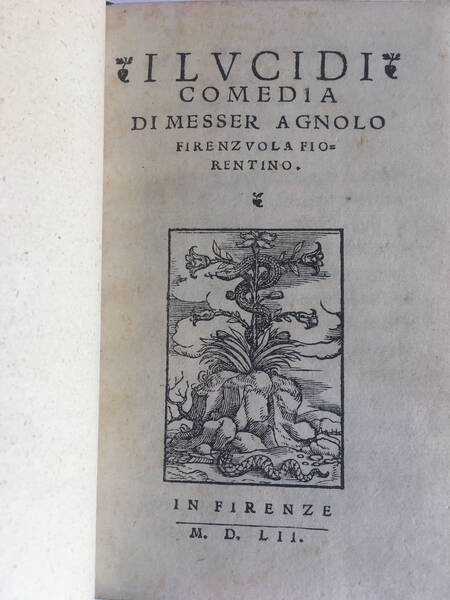
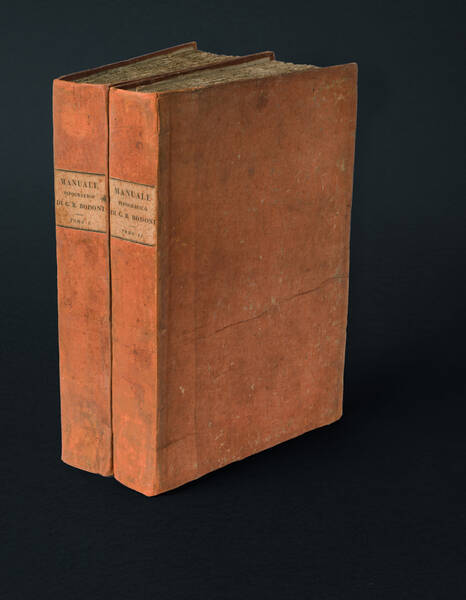
![Opera posthuma [Compendium grammatices linguae hebraeae]. Opera posthuma [Compendium grammatices linguae hebraeae].](https://www.medariquier.com/typo3temp/pics/9e46dbc214.jpg)
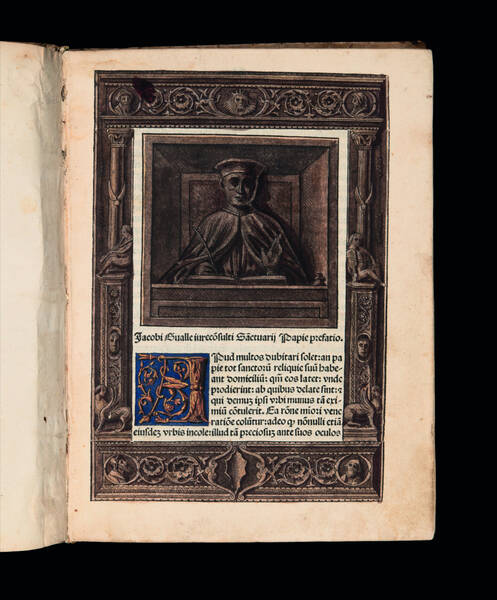
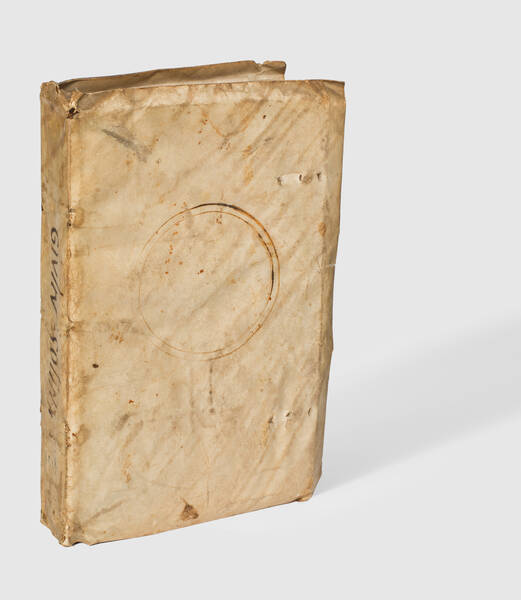
![[The Commentaries.] C. Julii Cæsaris Quae Extant. Accuratissimè cum Libris Editis & MSS optimis Collata, Recognita & Correcta. Accesserunt Annotationes Samuelis Clarke. S.T.P. Item Indices Locorum, Rerumque & Verborum Utilissimæ. Tabulis Æneis Ornata. [The Commentaries.] C. Julii Cæsaris Quae Extant. Accuratissimè cum Libris Editis & MSS optimis Collata, Recognita & Correcta. Accesserunt Annotationes Samuelis Clarke. S.T.P. Item Indices Locorum, Rerumque & Verborum Utilissimæ. Tabulis Æneis Ornata.](https://www.medariquier.com/typo3temp/pics/e0a4828aa4.jpeg)